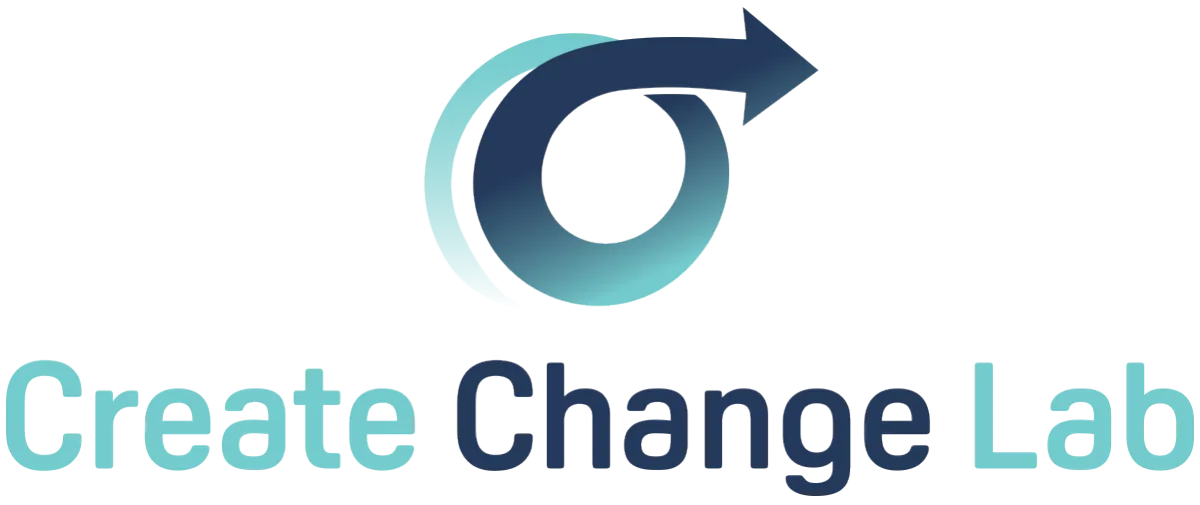Reversing My Parkinson's
Refusing to settle for decline, I'm pursuing healing--boldly, naturally, relentlessly.
Driven by curiosity and a desire to feel better.
'Yes' to slowing the progression. And 'yes' to understanding the root causes of the disease so it can be healed.
As a holistic health coach and Public Health practitioner, I seek out research, best practices and personal stories of how our lifestyle practices can improve health outcomes. For me, lifestyle practices include eating (and supplementing), reducing my exposure to toxins, moving my body, hydrating, meditating, sleeping, social connection and spending time outdoors.
Recent Posts from my Health Coaching Blog

The Hidden Hormone Disruptors in Your Home
Every morning, without realizing it, you may be dousing yourself in invisible chemicals that hijack your body’s hormones. From the soap you lather on your skin to the pan you fry your eggs in, your home may be a major source of hormone-disrupting chemicals.
This isn’t fear-mongering—it’s science. More than 86,000 chemicals are registered for use in the U.S., yet fewer than 1,000 have been tested for their effects on human hormones. Among them is a concerning group known as endocrine-disrupting chemicals (EDCs).
Hormones are your body’s messengers, controlling growth, fertility, mood, metabolism, and sleep. When synthetic chemicals interfere with these signals, the result can be subtle yet powerful disruptions that add up over time.
How Hormone Disruptors Hijack the Body
Researchers have identified several main ways EDCs interfere with hormone systems:
Mimicking natural hormones (agonists).
Some chemicals closely resemble hormones like estrogen or testosterone. They “lock” into receptors and send false signals.
Example: BPA in plastics mimics estrogen.Blocking natural hormones (antagonists).
Others occupy receptors, preventing real hormones from doing their job.
Example: Certain pesticides interfere with male hormone activity.Disrupting hormone production or breakdown.
Some speed up or slow down hormone production or clearance, creating imbalances.
Example: Phthalates (in vinyl, fragrances) can lower testosterone levels.Altering transport and storage.
Hormones travel through the body on carrier proteins. Chemicals can interfere, leaving too much or too little available.Epigenetic changes.
Some EDCs flip genetic switches that regulate hormone activity, with effects that can ripple across a lifetime—and even future generations.
Because hormones work in tiny doses, even very low exposures to these chemicals can matter. There's a myth about exposure that goes "it's the dose that makes the poison." But for many chemicals no dose is acceptable. For example, we now know that any amount of lead exposure to a child's developing brain can cause harm.
Common Household Sources of Hormone Disruptors
Here’s where EDCs are most likely hiding in your home:
Plastics & Food Packaging
BPA, BPS, and phthalates migrate into food and drinks.
Found in: plastic bottles, can linings, takeout containers, cling wrap.
Cleaning Products
Alkylphenols and quaternary ammonium compounds disrupt estrogen and thyroid signaling.
Found in: multipurpose cleaners, disinfectants, degreasers.
Personal Care Products
Parabens mimic estrogen; phthalates affect testosterone.
Found in: shampoos, lotions, cosmetics, scented products.
Furniture, Flooring, and Upholstery
Flame retardants (PBDEs) accumulate in household dust.
Vinyl flooring releases phthalates and other chemicals.
Cookware and Textiles
Nonstick coatings (PFAS) are linked to thyroid disease and fertility issues.
Stain-resistant carpets and water-repellent fabrics also contain PFAS.
Why It Matters
The World Health Organization calls endocrine disruption a “global public health threat.” Research links exposure to:
Early puberty in children
Fertility issues in both men and women
Thyroid disease
Obesity and diabetes
Certain cancers (breast, prostate, thyroid)
This isn’t just a problem for workers in factories. Most exposure happens right at home—through dust, air, food, and daily product use.
What You Can Do Right Now
You don’t need to overhaul your entire life in one day. Instead, start with swaps that have a big impact on daily exposure.
Ditch Plastic Food Storage. Switch to glass, stainless steel, or silicone.
Go Fragrance-Free. “Fragrance” can hide dozens of undisclosed chemicals.
Rethink Cookware. Choose stainless steel, cast iron, or ceramic instead of Teflon or aluminum.
Vacuum with a HEPA filter. Helps reduce hormone-disrupting flame retardants and PFAS in household dust.
Check Labels and Certifications. Look for EWG Verified, MADE SAFE, GreenSeal.
Consider an air filter. A HEPA air filter in the bedroom and/or living area can go a long way towards minimizing airborne chemicals and nano plastics.
A Grounded Take
It’s easy to feel overwhelmed when you hear about “forever chemicals” or tens of thousands of untested compounds. But the point isn’t perfection—it’s progress. Each small swap you make reduces your body’s chemical load. Over time, these changes compound into meaningful protection for your health and your family’s future.
The good news? The market for non-toxic, safer alternatives is growing fast. Every time you choose a safer product, you’re not only protecting yourself—you’re helping shift demand toward a cleaner, healthier future for everyone.
Take the Quiz: How Toxic Is Your Home?
Learn about the Home Detox Lab

Blog
Explorations of research, and what is working for me and other people.

Resources
Books, videos, people and research that may be of interest.

Timeline
A mashup timeline of what I've learned, tried and experienced.
Medical Disclaimer
I am not a physician or other licensed medical provider. I am a Certified Holistic Health Coach and am currently studying to become a Certified Functional Nutrition Counselor.
[For more information about my coaching practice, please visit the website CreateChangeLab.com.]
The content on this website is intended for informational and educational purposes only and is based on my personal experience, research, and training. It is not intended to diagnose, treat, cure, or prevent any disease, including Parkinson’s disease.
By using this website, you acknowledge that the information provided does not constitute medical advice and should not be relied upon as a substitute for professional medical guidance. Always consult with your physician or qualified healthcare provider before making any changes to your health regimen, including diet, supplements, or exercise.
Your health is your responsibility, and your choices should always be made in consultation with your personal healthcare team.

© 2025 Create Change Lab, LLC and Andrea Grayson. All Rights Reserved,
